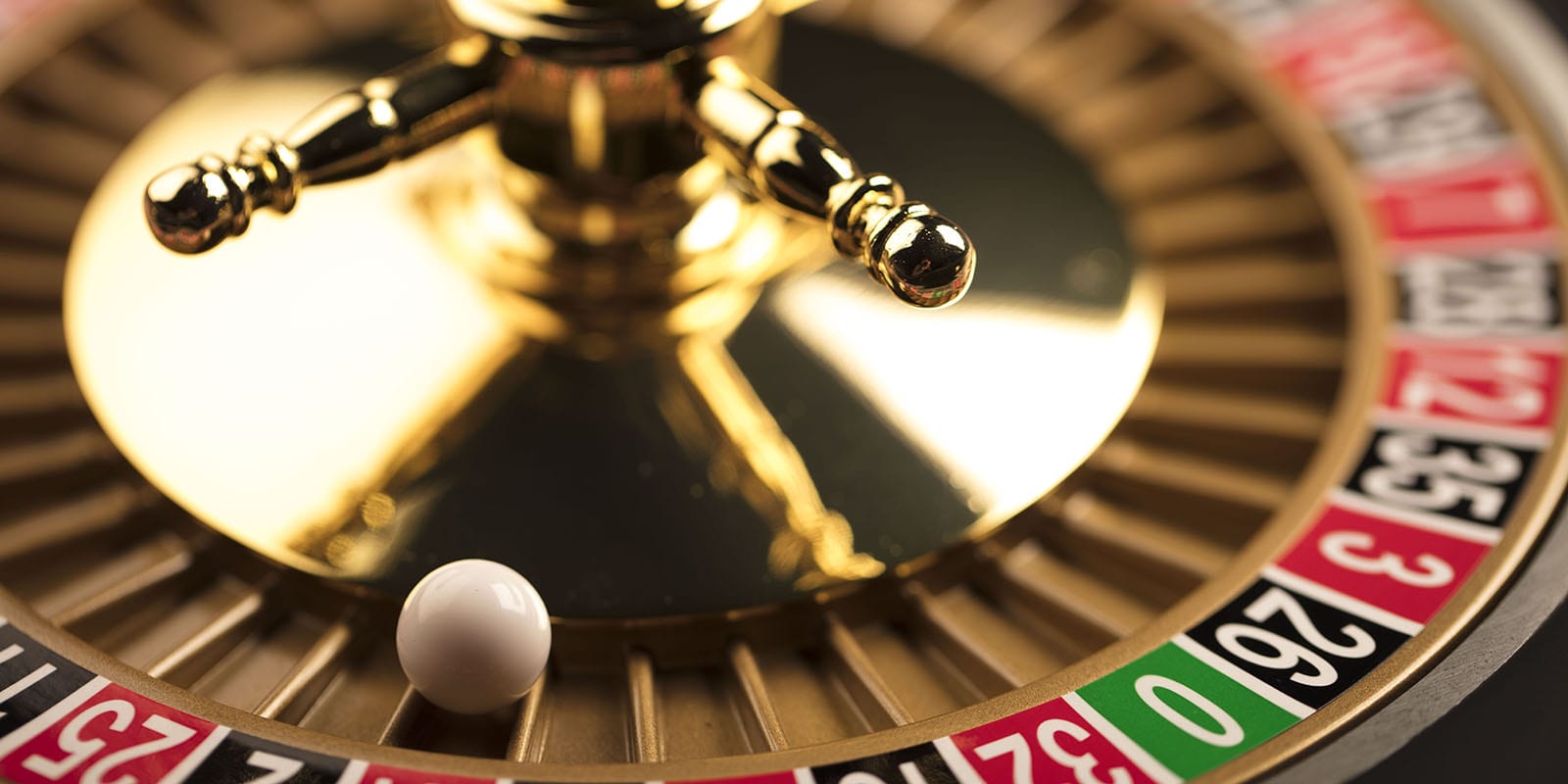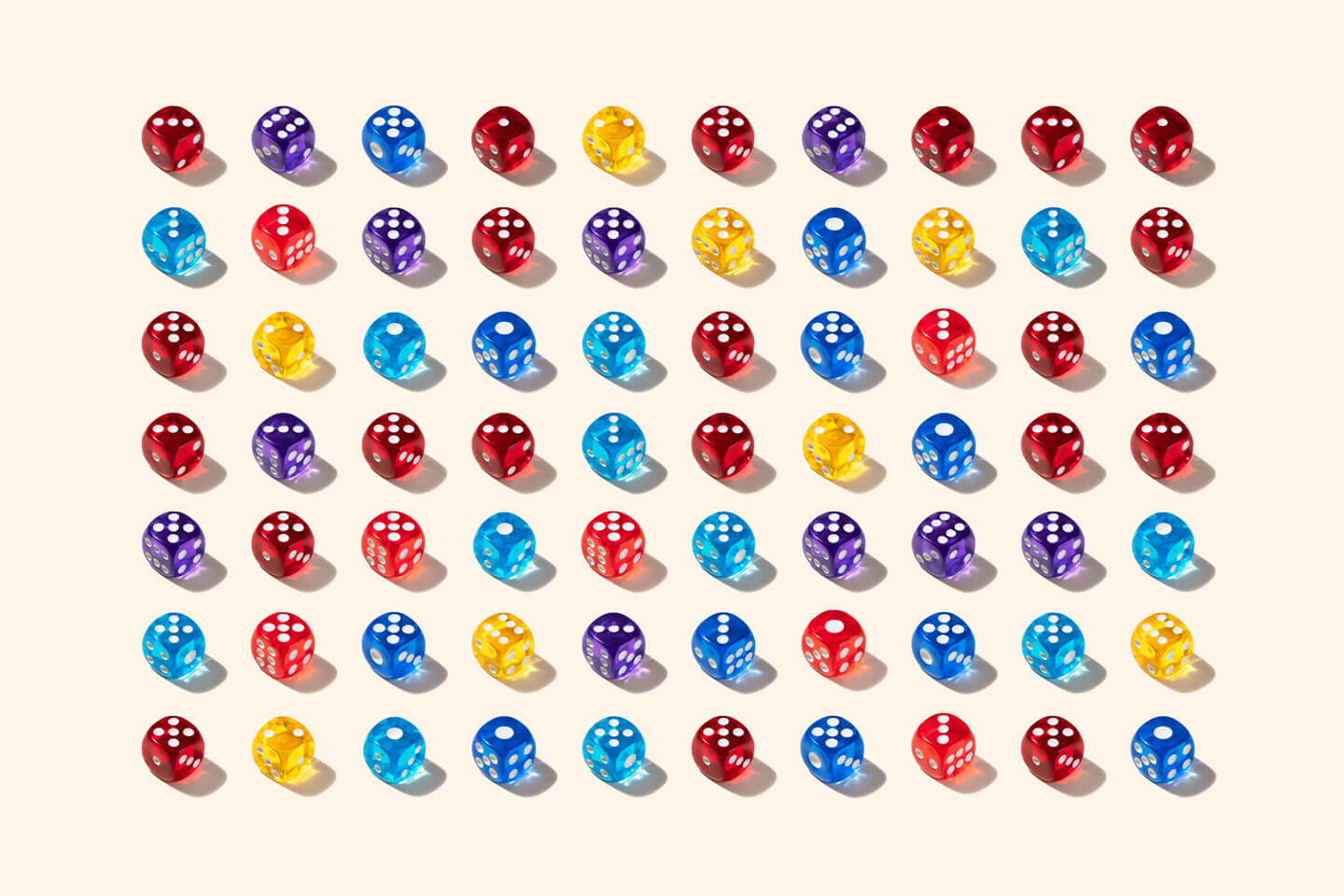
Statistics Tables: Roulette and the Gambler’s Fallacy
This series of statistical examples is intended to inform students about the statistics and psychological ploys that casinos use on table games to make them more informed consumers. The aim of this series is to provide real-life examples of what students often only see as calculations on a page, or a topic in a textbook. This series is not intended to be a “how to beat the house” or any other sort of get rich quick scheme. If I had a way to beat the house, don’t you think I would be doing it and not giving up the secrets? Overall, it is good to think of casino games as good forms of entertainment, and you are encouraged to treat them as such. If you have or know someone who has a gambling problem, please use resources, and reach out to a professional for help.
Students often have a hard time conceptualizing independent events when calculating probabilities. The standard textbook example is to provide a probability matrix of events A and B along with their complements and have students compute the equation P(A|B)= P(A). Instead, let’s take the students back into the casino, this time to the Roulette table. The game is rather simple: a spinning wheel, with separated landing pockets distinguished by number and color, and ball are set in motion in opposite directions with the ball coming to rest in one of the 38 for an American Roulette wheel (or 37 for European Roulette, or 39 for Triple Zero Roulette wheels) numbered pockets. This example stays away from betting and different techniques and instead focuses on the simplistic spinning of the wheel to create the event. Any of the options that get the player closest to 50% on the Roulette Wheel can be used: Red/Black, Even/Odd, or 1-18/19-36. These options are all not 50% because of the inclusion of the 2 green 0 and 00 pockets (neither red/black, or even/odd, or between 1-18/19-36). The number and color of the pocket the ball lands in can be bet on using the different “outside spots” on the table (not a truly 50% bet since there are 18 red and 18 black and 38 spots on an American Roulette wheel 47.368%).
